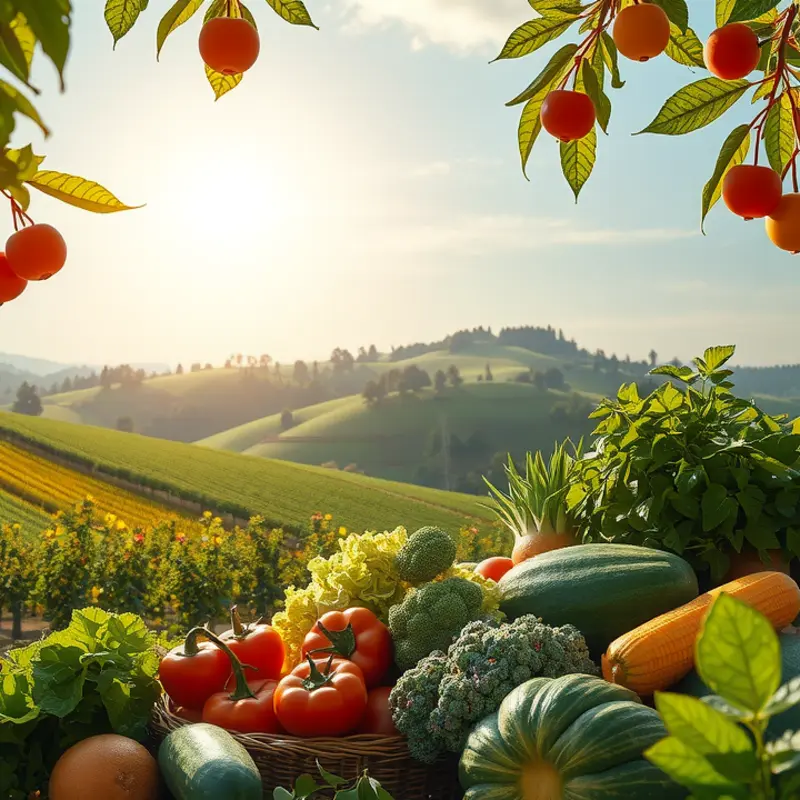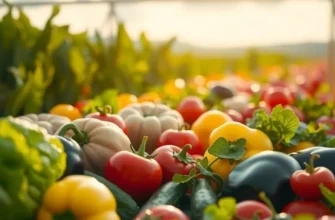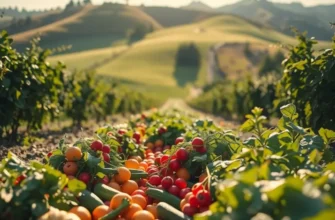Stovetop cooking is a fundamental skill that every home cook should master. Whether you are sautéing, simmering, or boiling, efficiency can save time and enhance flavors. This guide provides practical tips to help you cook smarter, not harder, leading to delicious meals that are easy to prepare. From proper equipment to effective techniques, you’ll discover how to make the most of your stovetop cooking experience.
Equipping Your Kitchen for Success

When it comes to efficient stovetop cooking, the right kitchen equipment can transform your meal preparation experience. Proper tools help optimize both time and energy, ensuring you get creative without compromising on efficiency. Let’s delve into the essentials that will support your culinary endeavors.
Firstly, invest in a quality set of pots and pans. Look for those that offer even heat distribution, such as heavy-bottomed stainless steel or cast iron. These materials retain heat well, allowing your food to cook more evenly. Non-stick options are ideal for low-fat cooking, but ensure they are free from harmful coatings.
Saucepans, skillets, and stockpots of various sizes form the backbone of stovetop cooking. A small saucepan is useful for heating sauces or preparing side dishes, while a large stockpot is ideal for soups and stews. A medium-sized skillet will see frequent use, whether you’re frying, searing, or sauteing.
Equally vital is a reliable set of utensils. Wooden spoons, spatulas, and tongs enable you to maneuver ingredients with precision. Silicone varieties are heat resistant and won’t damage your pans’ surface. Consider a ladle and slotted spoon for serving liquids and drained vegetables respectively.
For stovetop efficiency, contemplate the finer details of heating methods. Gas stoves offer immediate and adjustable heat, giving you more control over the cooking process. Electric stovetops, albeit slower to adjust, maintain steady temperature when simmering. Induction cooktops combine the best of both worlds by heating only the cookware, not the stove surface, which is energy efficient and fast.
To further enhance efficiency, consider tools for ingredient preparation that save time. A sharp chef’s knife is crucial for swift and safe chopping. Paired with a sturdy cutting board, it simplifies the task of food preparation. Moreover, a mandoline slicer speeds up the process of creating uniform vegetable cuts, reducing cook time and ensuring even results.
For those looking to streamline meal preparation and reduce waste, explore methods like ingredient batching and practical storage solutions. With proper planning, you can minimize prep time and preserve ingredients optimally, contributing to a more efficient cooking routine. As a starting point, check out practical ingredient batching for relevant tips.
Lastly, don’t overlook the benefits of good storage containers. Glass containers are oven-safe and help in transitioning from fridge to stove effortlessly. Meanwhile, reusable silicone bags are perfect for stovetop sous-vide cooking or for marinating ingredients.
Equipping your kitchen with the right tools is not merely about filling your cupboards, but about strategically choosing items that offer versatility and longevity. By selecting quality cookware, essential utensils, and efficient heating methods, you’re setting the stage for successful stovetop cooking. Let your kitchen tools empower your cooking journey, as you experiment with flavors and techniques to create delightful meals.
Cooking Techniques that Save Time and Effort

Mastering efficient stovetop cooking isn’t just about speed; it’s an art form that combines precision and simplicity. Rapidly elevating your kitchen skills begins with understanding essential techniques like sautéing, boiling, and braising.
Sautéing offers a quick and flavorful way to cook a variety of ingredients. When sautéing, it’s crucial to use a pan wide enough to allow each ingredient ample contact with the heat source. Start by heating a small amount of oil or butter over medium-high heat. Once the oil shimmers, add your ingredients in a single layer for even cooking. Stir or flip them occasionally until they reach a golden-brown perfection, keeping their texture crisp and their flavors intensified. For an added burst of flavor, consider combining different aromatics like garlic or onions. If you’re looking to enhance your dish further, consider exploring flavor boosters without salt.
Boiling remains a foundational technique that transforms simple ingredients into delightful meals. For optimal results, use a pot large enough to prevent overcrowding, which ensures even cooking. Begin by bringing the water to a gentle boil before adding a pinch of salt. Adjust the flame to maintain a consistent boil once ingredients are added. Whether cooking pasta or blanching vegetables, adhere to the specific timings each ingredient requires. Preserve the vibrant colors of vegetables by quickly transferring them from the boiling water to an ice bath, a process known as ‘shocking.’
Braising is the technique that infuses ingredients with deep flavor while ensuring tenderness. Start by browning your meat or vegetables in a little fat until they develop a rich, caramelized color. Once seared, transfer them to a pot along with aromatics and a small amount of liquid like broth or wine, ensuring only a portion of the food is submerged. Cover, reduce the heat, and let them simmer gently. This slow cooking process breaks down tough fibers, resulting in succulent, fork-tender pieces. Depending on the dish, you might finish it uncovered, allowing the liquid to reduce and intensify the flavors even more.
As you incorporate these techniques into your cooking, remember to experiment and adjust based on personal taste. With practice, you’ll develop a keen sense for how long to sauté, boil, or braise specific ingredients. Embrace the nuances of these methods, and your efficiency will naturally improve, making the time you spend cooking not just productive but decidedly rewarding.
Final words
Efficient stovetop cooking is an achievable skill that can bring joy and satisfaction to your culinary adventures. By equipping your kitchen with the right tools and mastering essential techniques, you can prepare meals that are not only quick but also bursting with flavor. The key is practice and experimentation; don’t hesitate to try new recipes and methods. Enjoy the process of cooking, and watch your skills flourish in the kitchen.







